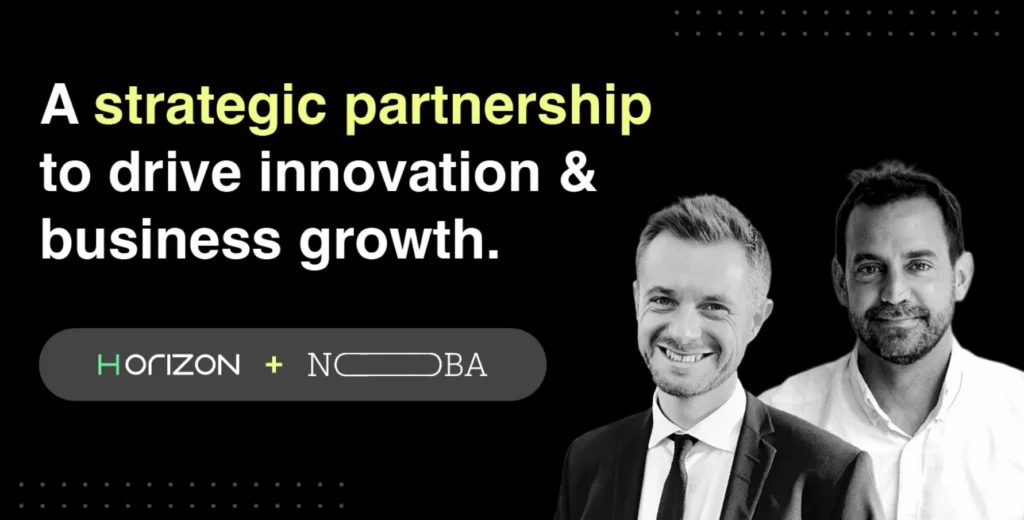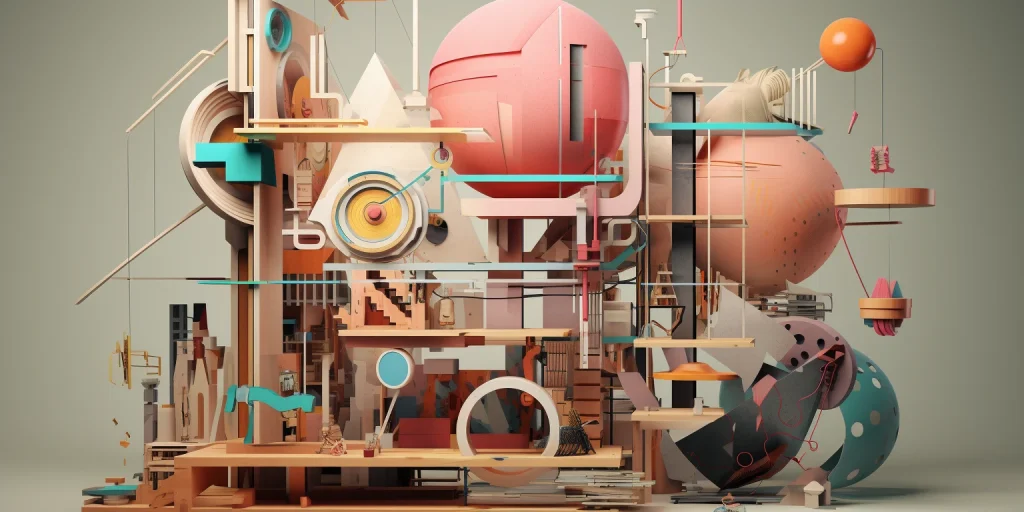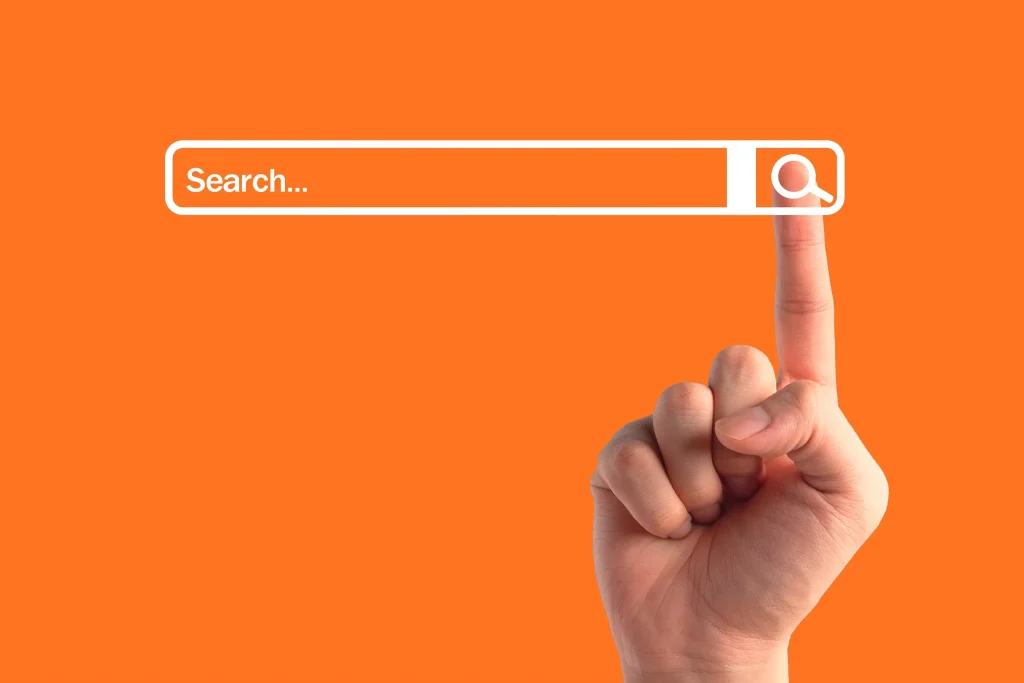Coming up with a real-life product that you can hold in your hands can often seem like a massive undertaking, especially when compared to a digital service or product on a screen.
So before you go down the rabbit hole of manufacturing, there’s one thing all product developers should do first: Check with your target consumer to make sure your product is actually something they want or need.
But how do you go about asking them?
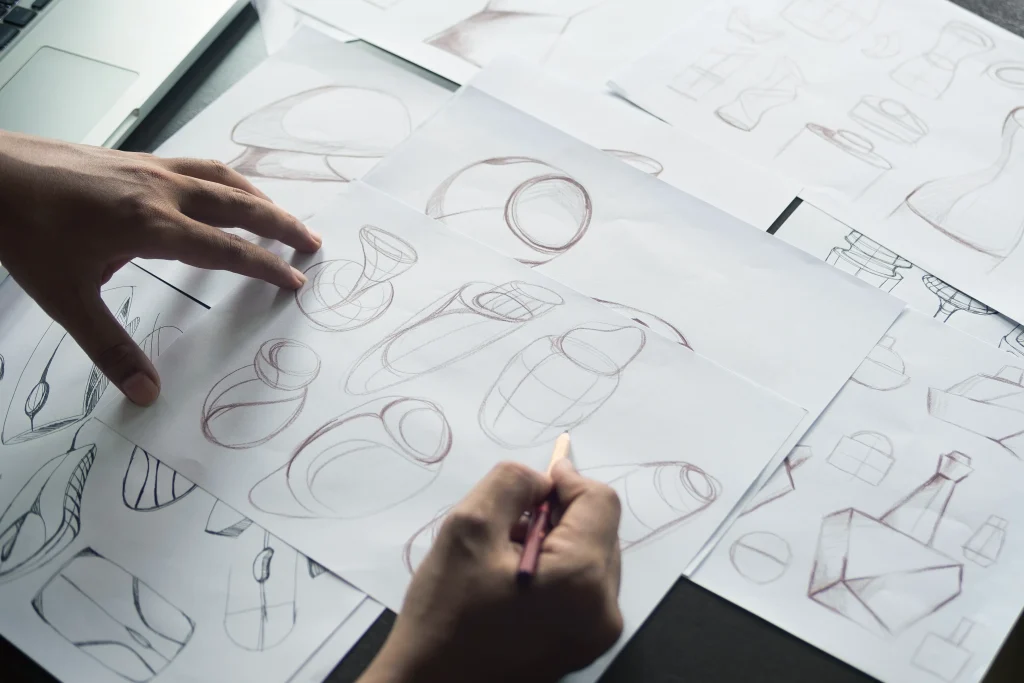
Test using Business Prototyping methodology
Business Prototyping is a methodology that involves creating a scaled-down version of a service or product, digital or physical, before bringing it to market. It means testing every hypothesis that comes up along the way on your development journey to verify that what you’re building is good before you build the final product.
(You can see this in action in the Screen and Sonar phases from NOBA’s case studies.)
Questions you’ll want to answer upfront:
- Is your product solving a specific problem for your customer?
- Does that problem matter a lot to them?
- Are people sincerely interested in the solution you’re offering?
Let’s say that you’ve already done your market research and the answer to all of the above questions is a resounding yes. Nice! The next question becomes:
- How do you ensure that your final product is something your customer not only wants to buy but will also be useful for them?
That one’s a lot trickier because it’s not a simple yes or no answer.
You’ll want to think like a business designer to test out different value propositions and features and get up close and personal with your customers — and you can do that via user stories.

Get a customer POV with user stories
In essence, user stories are short descriptions of a feature of your product from the user’s perspective. They’re a critical tool in the Business Prototyping methodology because they describe the needs and requirements of the customers in plain language that everyone on your team can understand.
Here’s a helpful formula for making your own user stories:
“As a [user], I [want to], [so that].”
For example, for a water bottle cap that helps instill healthy hydration habits, that might look like:
- As a user, I want to be able to know if I am drinking enough so that I keep hydrated throughout the day.
Once your user stories are defined, you can then start building your prototype, which will allow you to enter a new phase to test the prototype itself with users.
But how do you build a prototype without having to spend a lot of money? Unlike digital projects that can run on low-code or no-code platforms, manufacturing physical products is a whole different ball game…
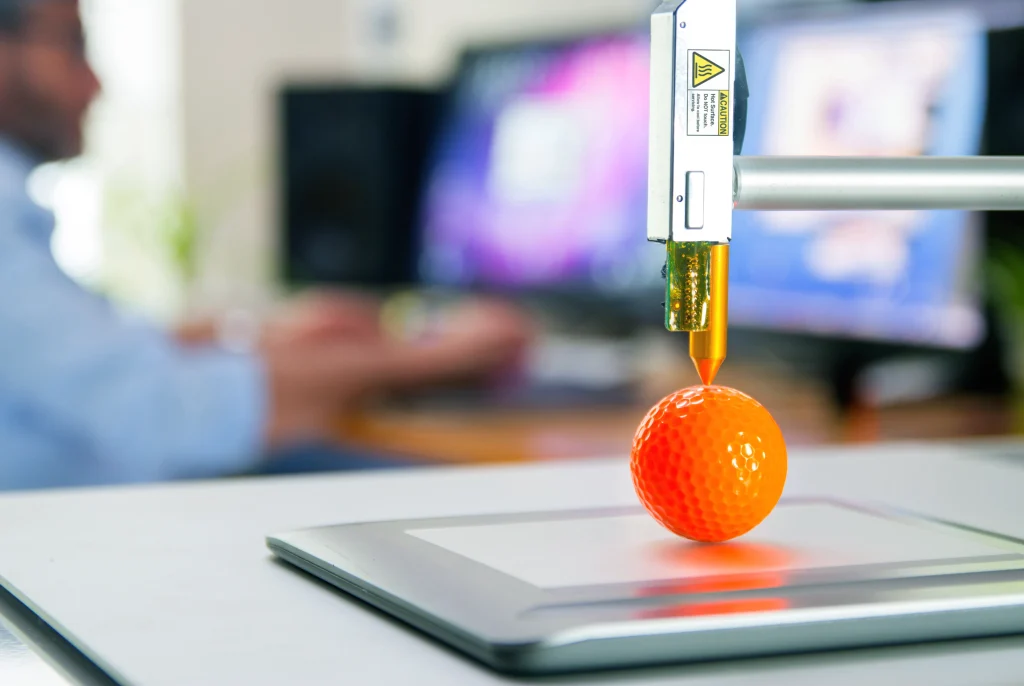
Let’s get physical!
One of the fastest and most popular fast manufacturing techniques to create a physical model of your designs is 3D printing. This allows designers and engineers to design and build a prototype in a matter of hours, which means they can test and iterate very quickly.
Other techniques for manufacturing physical prototypes include:
- Laser cutting: fast and efficient way to produce and test complex shapes and designs using a high-powered laser beam to cut through materials.
- Computer numerical control (CNC) machining: programming computer-controlled machines with specific instructions, which allow for precise cutting, drilling, and shaping of various materials.
- Material sculpting: good old-fashioned sculpting, like we did in school. It can be done with different materials, such as clay or foam. It’s mostly used to test dimensions, proportions and how ergonomic a product is.
Another important tip is to build multiple backups of your prototype because prototypes are far from the final product and can often break. You don’t want to find yourself on testing day with only one broken prototype.
There are many ways to test your prototype with users: focus groups, blind tests or even at-home tests. Regardless of the method you choose at this stage, make sure you continue to keep your user stories top of mind to see how they resonate (or not) during this round of testing.
Maybe the prototype you’ve created is too complicated or the feature that users find most interesting is one that you hadn’t given much thought to until now.
Stay curious and keep an open mind for anything that could come up even this late in the game. After all, you’ve still got a long way to go!

Persevere with your prototype
Remember that even though you now technically have a product that you can hold in your hands, you’re still in the prototyping phase of your product development. It’s up to you to use your learnings and perfect your prototype, even if that means going back to the drawing board.
Keep doing tests and prototypes until you are satisfied with your results. Then (and only then!) will you be ready to move to the manufacturing stage.
Good luck!

